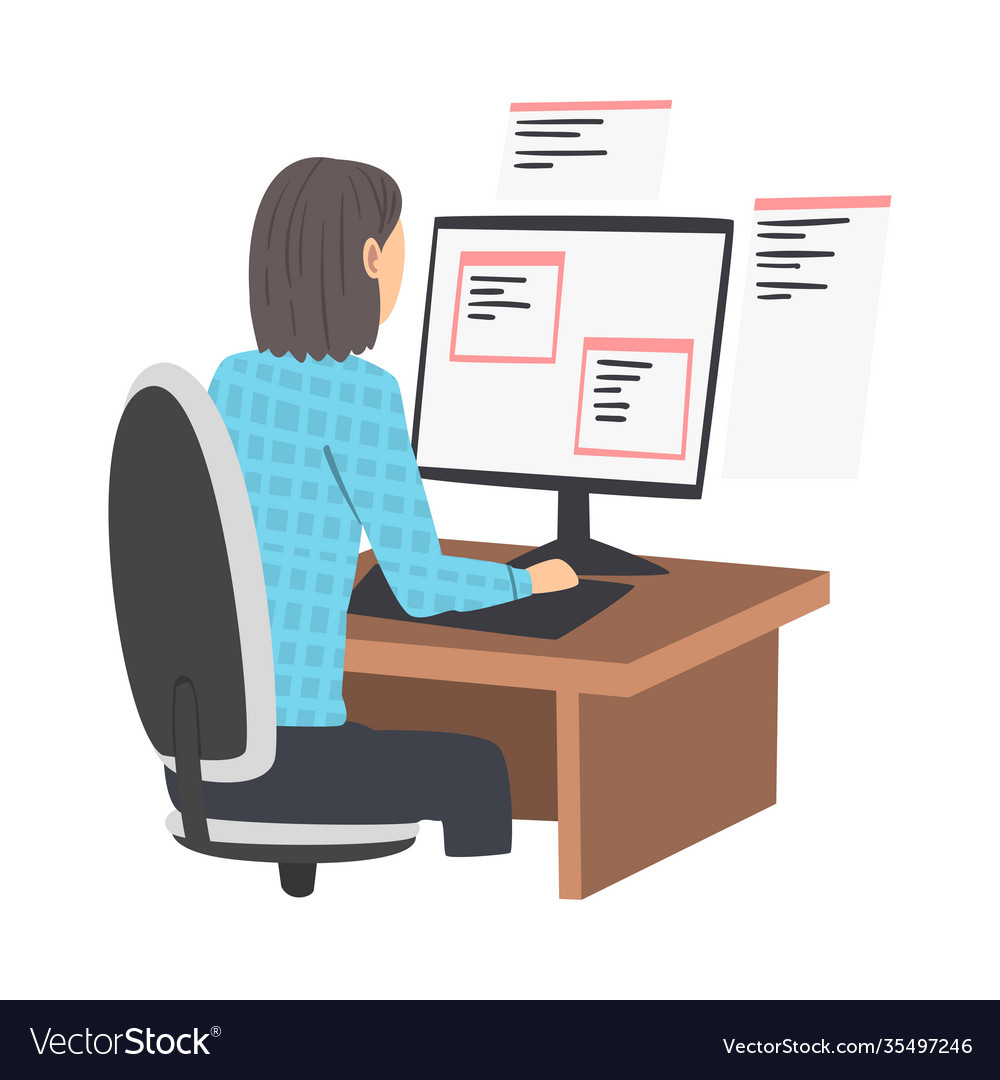Hire Dedicated Developers to Increase Your Software Development Timeline
Wiki Article
Committed Developers vs. In-House Teams: Which Is Right for You?
The choice between utilizing dedicated developers and preserving an internal team is a substantial one that can impact the trajectory of your tasks and total business approach. Alternatively, in-house teams contribute to a natural firm society and a nuanced understanding of lasting objectives.Understanding Devoted Designers
The expanding demand for specialized abilities in the technology market has actually caused the appearance of committed programmers as a viable service for numerous organizations. These professionals are usually acquired on a project basis, enabling companies to utilize particular expertise without the long-term dedication related to full time hires. Devoted developers are usually ingrained within a customer's team, supplying adaptability and scalability to satisfy job requirements.This model allows companies to access an international skill pool, which is particularly helpful in a quickly developing technological landscape. Committed designers can be sourced from various geographical areas, making sure that companies can discover the appropriate ability set at affordable prices. They commonly bring a wide range of experience and understanding, having serviced diverse projects throughout different sectors.
In addition, committed designers can focus solely on the jobs available, boosting efficiency and performance. They are outfitted to incorporate seamlessly right into existing workflows, teaming up carefully with in-house groups to attain job objectives. This strategy not only minimizes the concern of recruitment and training but likewise enables companies to stay dexterous, adapting swiftly to altering market demands and technical improvements.
Advantages of In-House Teams

Furthermore, internal teams have a tendency to have a deeper understanding of the business's goal, worths, and objectives. This placement can improve staff member interaction and inspiration, as employee really feel more linked to their job and the organization's success. In addition, having a dedicated in-house group allows for better alignment of strategies and purposes, as these participants are consistently concentrated on the business's concerns.
Internal groups additionally promote quicker decision-making processes, as they can react more swiftly to difficulties and adjustments. The well-known connections and knowledge with company methods permit streamlined workflows and decreased miscommunication. Eventually, the combination of a natural society, positioning with organizational objectives, and efficient communication makes in-house groups a beneficial possession for lots of companies, especially those wanting to grow lasting development and technology.
Cost Considerations
When assessing cost considerations, both internal teams and specialized designers present distinct monetary implications for organizations. Engaging committed programmers normally includes a pay-per-project or hourly rate version, which can be cost-efficient for companies with changing job needs. This technique permits flexibility in scaling resources up or down, guaranteeing that companies just spend for the services they need.On the other hand, in-house groups involve fixed costs, consisting of incomes, benefits, and overhead expenditures such as office and devices. While this version uses higher control and immediate schedule of resources, it may bring about greater long-term expenditures, particularly if the workload does not validate a permanent personnel.
Furthermore, companies must consider the covert prices connected with recruitment and training of internal employees, which can further stress budgets. In some situations, the moment and sources invested on taking care of an in-house team can take away from the organization's core organization objectives.

Job Monitoring and Versatility
Task administration and flexibility are crucial factors that influence the selection between internal groups and dedicated programmers. Dedicated developers normally offer a high level of versatility, permitting organizations to scale sources up or down based on job needs. This dexterity can be particularly useful for companies experiencing changing work or those looking for to innovate swiftly. Committed groups frequently have established procedures for taking care of tasks effectively, leveraging particular approaches like Agile or Scrum, which promote repetitive progression and adaptability.
Inevitably, the selection between internal groups and dedicated designers depends upon the preferred level of flexibility and the certain task administration requirements. Firms need to examine their functional dynamics, task complexity, and resource accessibility to figure out which choice aligns ideal with their critical objectives.
Making the Right Selection
Picking the ideal growth approach-- specialized programmers or internal groups-- requires a careful analysis of numerous elements that line up with a company's critical objectives. Conversely, in-house teams can offer better continuity and combination with existing workers.Following, review your budget plan. Devoted developers commonly offer a cost-efficient service for short-term tasks, while in-house groups may incur higher long-lasting costs because of salaries, advantages, and expenses costs. Evaluate the level of control and partnership wanted; internal groups usually promote more powerful interaction and placement with firm society.
In addition, consider the time framework. If immediate results are necessary, committed designers can be onboarded swiftly, whereas constructing an internal group requires time for employment and training. Consider the long-term vision of your company. If continual growth is crucial, purchasing an internal group may yield far better returns with time. Eventually, the decision rests on a complete evaluation of these elements, ensuring placement with your firm's total goals and operational demands.
Conclusion
In conclusion, the decision in between in-house teams and specialized programmers pivots on task requirements and business goals. Alternatively, internal groups grow a cohesive culture and deeper positioning with long-lasting objectives.The decision between making use of dedicated programmers and preserving an internal team is a substantial one that can influence the trajectory of your tasks and software engineering staffing total organization strategy.Job administration and versatility are important variables that influence the selection in between dedicated programmers and internal teams. hire dedicated developers.In contrast, in-house groups might stand out in keeping a consistent task monitoring structure due to their experience with the organization's culture and long-term objectives. Committed designers typically provide an economical option for short-term projects, while internal teams may incur greater long-lasting expenses due to wages, benefits, and expenses prices.In final thought, the decision between in-house teams and dedicated designers pivots on job requirements and business goals
Report this wiki page